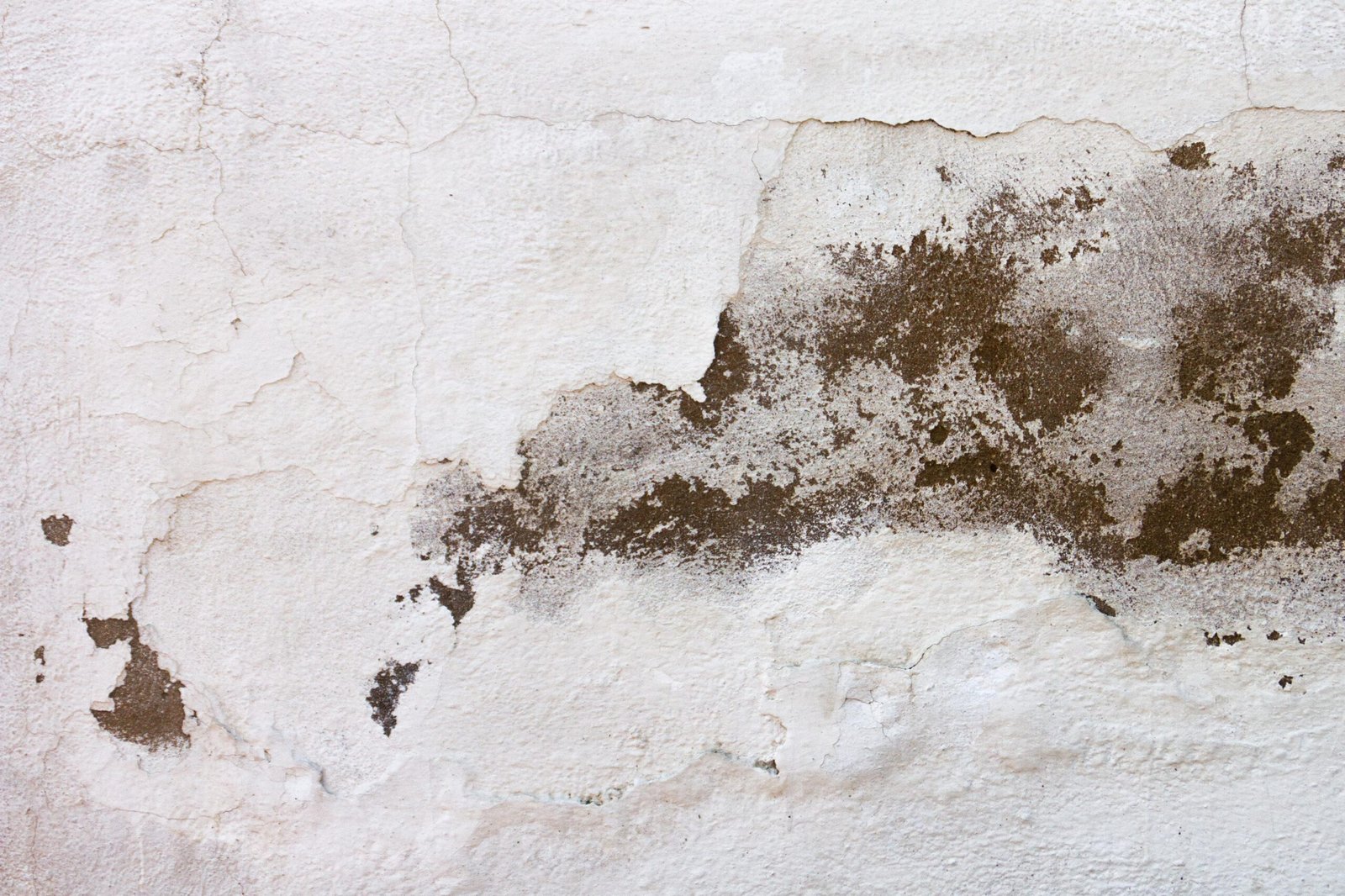You head down to your basement, perhaps to do laundry or grab something from storage, and you notice it. A strange, white, chalky substance is creeping across the concrete walls, almost like a frost that won’t melt. It might be patchy or cover a large area. You touch it, and it crumbles into a fine powder. What is it? Is it dangerous? Is it mold?
For many homeowners in the Niagara Region, this discovery is a common one. That white powder has a name: efflorescence. And while the powder itself isn’t harmful, it’s a crystal-clear warning sign that your foundation is sending you. It’s telling you that water is getting in. In many cases, this early moisture sign later contributes to issues like a wet basement.
At McDowell Drain & Waterproofing, we’ve spent over 45 years helping Niagara homeowners solve their basement water problems. We believe that understanding the “why” behind a problem is the first step to fixing it permanently. This guide will walk you through what efflorescence is, what it means for your home, and the right way to get rid of it for good.
What Exactly Is Efflorescence? The Science Explained Simply
Think of your concrete foundation as a very hard sponge. It’s not a solid, impermeable barrier; it’s actually filled with a vast network of microscopic pores and tunnels.
At the same time, the soil around your foundation is full of naturally occurring mineral salts. When groundwater soaks into the soil and comes into contact with your foundation, it gets absorbed into the concrete’s pores. As this water travels through the concrete, it dissolves those mineral salts, carrying them along for the ride.
When the moisture finally reaches the dry air of your basement, it evaporates. But the mineral salts it was carrying cannot evaporate. They get left behind on the surface of your wall, forming the white, crystalline deposit you see. That deposit is efflorescence.
In short, efflorescence is the residue left behind by evaporating water that has moved through your concrete foundation. It is absolute proof of water intrusion—and often seen in areas already struggling with failed weeping tile systems, such as homes needing weeping tile replacement.
Why Is This Happening? The Real Problem Isn’t the Powder
Seeing efflorescence is like seeing smoke; it’s not the fire, but it tells you exactly where the fire is. The real problem is the moisture creating it. Two powerful forces are often at work:
The “Clay Bowl Effect”
When your home was built, a large hole was dug for the foundation. After the walls were in place, the gap was filled with loosely packed backfill soil. This lighter soil absorbs and holds water like a sponge, creating a “clay bowl” that traps moisture directly against your foundation. This is especially problematic in the Niagara Region, where much of the ground is the silty, poorly drained “Niagara series” soil.
Capillary Action (or “Wicking”)
This physical process pulls trapped water upward through your concrete walls. Even without cracks, moisture can “wick” through tiny pores and evaporate into the basement air—leaving efflorescence behind. This is why you may see chalky deposits even when your basement doesn’t appear to have standing water.
Over time, both forces work together to weaken your foundation, and many homeowners eventually require professional foundation repair.
People Also Ask: Your Questions About Efflorescence Answered
1. Is the white powder on my basement walls mold?
No, it isn’t mold—it’s a mineral deposit and is harmless to touch. But it does mean moisture is getting in, and moisture creates the ideal environment for mold to grow on organic materials like wood, drywall, or cardboard. Efflorescence isn’t mold, but mold can follow.
2. Can I just clean the efflorescence off the wall?
You can, but it will return. Cleaning removes the symptom, not the cause. As long as moisture is wicking through the concrete, new salt deposits will form.
3. Is it okay to paint over efflorescence?
Absolutely not. Painting over efflorescence traps moisture behind the paint film. The migrating water will force the paint to bubble and peel. You’ll end up with a worse problem and still won’t have solved the source of the moisture.
4. Is efflorescence a sign of a serious structural problem?
Not always—but it is a major red flag. Moisture migration weakens concrete over time, especially during freeze–thaw cycles in Niagara winters. Tiny cracks can form and expand, eventually requiring full repairs or waterproofing services such as exterior basement waterproofing.
The Real Solution: How to Stop Efflorescence for Good
To permanently eliminate efflorescence, you must stop the water at its source. This requires a systematic, professional approach—not a DIY fix.
Excavation
We excavate the soil around your foundation, removing the water-saturated backfill that creates the clay bowl. This instantly relieves pressure and exposes the foundation for repair.
Waterproof Membrane Application
A high-grade waterproof membrane is applied to the exterior walls, creating a true capillary break. This stops water from being able to wick into the concrete.
Proper Drainage Installation
At the foundation base, we install a new weeping tile system as required by building code. This pipe collects groundwater and channels it away, cutting off the source that fuels efflorescence.
Combined, these steps not only eliminate efflorescence but prevent future leaks and moisture issues—forming the foundation of proper basement waterproofing.
Don’t Ignore the Warning Signs
That white powder on your basement wall is your home’s way of asking for help. Ignoring it can lead to musty odors, mold growth, damaged belongings, and long-term structural issues.
Protect your home, your health, and your investment. If you see efflorescence, it’s time to address the real problem—not just the symptom.
Schedule a comprehensive foundation assessment today with a McDowell Drain & Waterproofing specialist, and let us provide a permanent, science-based solution to keep your Niagara basement dry for good.





